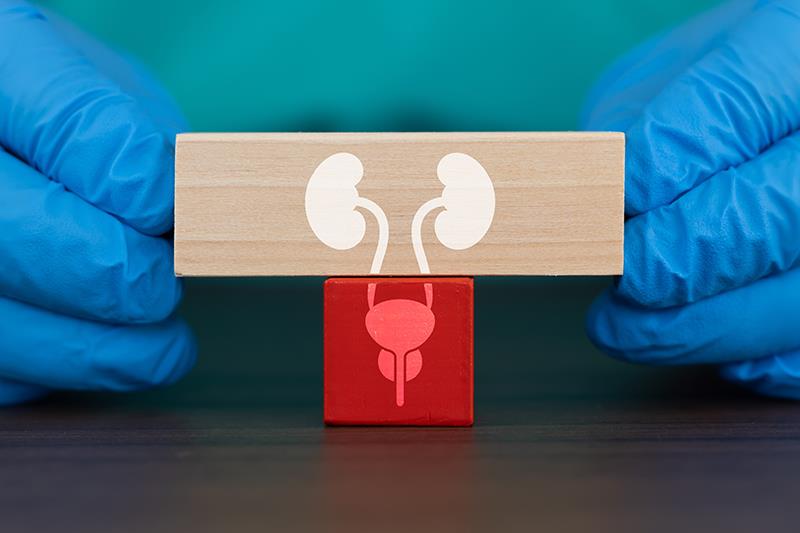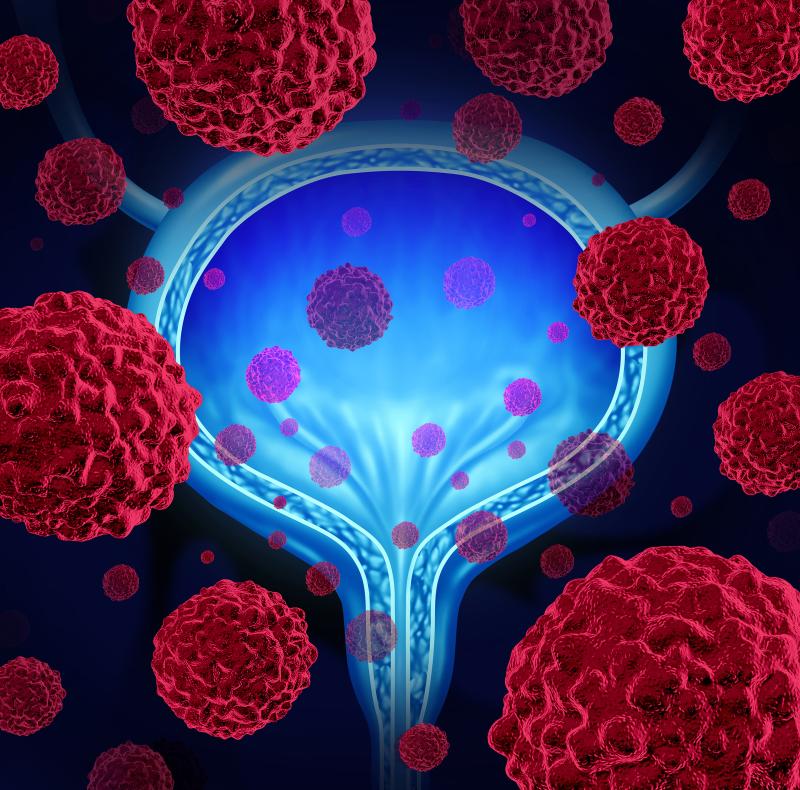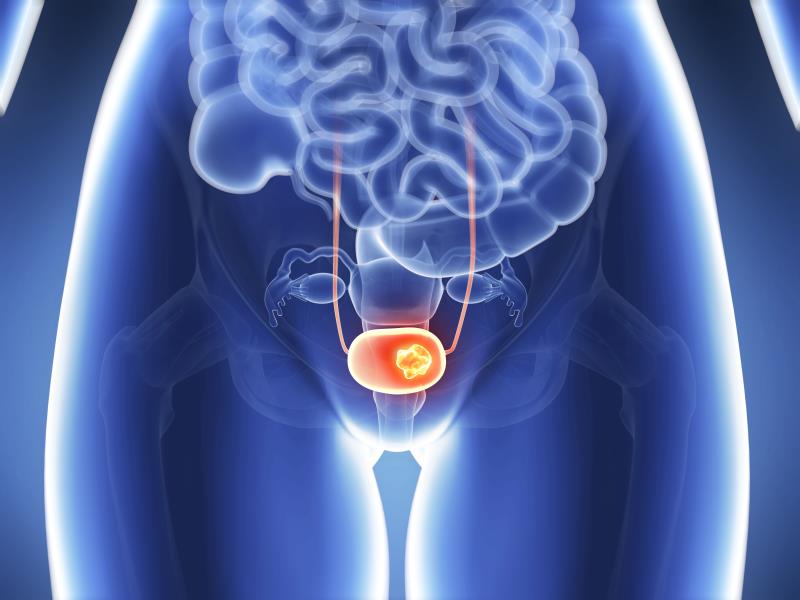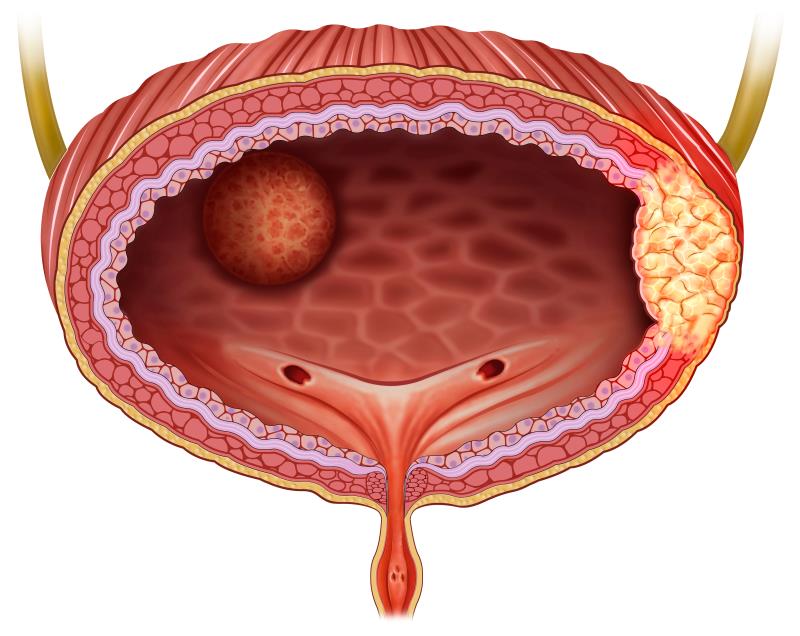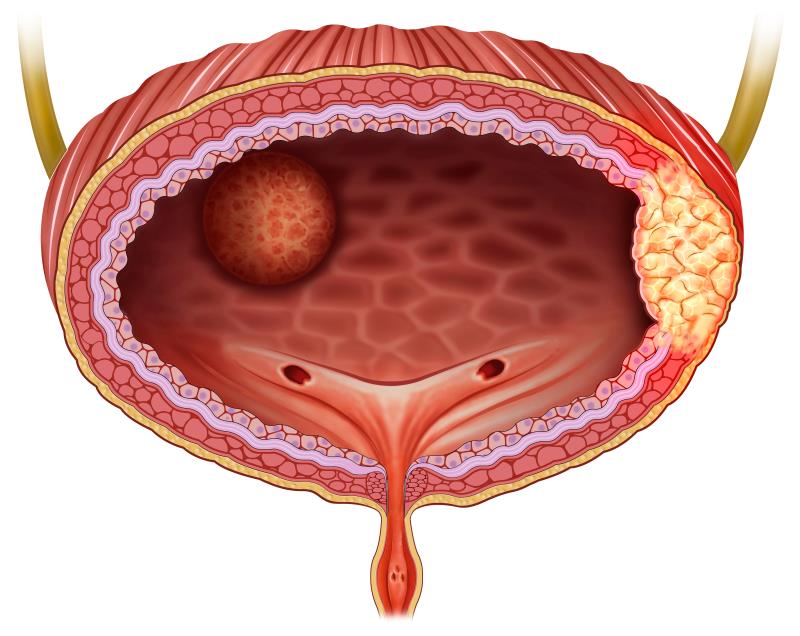Content on this page:
Content on this page:
Overview
Bladder
cancer is the uncontrollable growth of cancer cells in the hollow organ of the
pelvis which is the bladder as defined in the Introduction
section.
 Bladder Cancer_Disease Summary
Bladder Cancer_Disease SummaryBladder cancer is the most common cancer involving the urinary system and is the tenth most common commonly diagnosed cancer in the world. Other details regarding its incidence and prevalence can be found in the Epidemiology section.
The pathogenesis of bladder cancer is complex and multifactorial. The processes involved in its development are discussed in the Pathophysiology section. While the Risk Factors section discusses the different factors that can contribute to the development of bladder cancer.
The Classification section includes discussion on the different types of bladder cancer based on their invasiveness and cellular and even molecular characteristics.
History and Physical Examination
As mentioned in the Clinical
Presentation section, the most common presentation of bladder
cancer is painless hematuria. Other signs and symptoms of bladder cancer are
discussed in this section.
As stated in the Physical
Examination section, rectal and vaginal bimanual palpation
should be done in patients suspected of bladder cancer.
Diagnosis
Laboratory studies such as complete blood count (CBC),
alkaline phosphatase, urinalysis, and urine cytology can be done to assess
patients suspected of bladder cancer. These are enumerated and discussed in the
Laboratory Tests and Ancillaries.
CT scan is the first choice for the workup
of non-muscle invasive bladder cancer. Other imaging modalities are further
discussed in the Imaging
section.
The Diagnosis or
Diagnostic Criteria section
enumerates the key examinations recommended in diagnosing bladder cancer.
The Differential Diagnosis
section enumerates the diseases that may mimic bladder cancer. These should be
ruled out.
Management
The Evaluation
section mentions the Tumor, Nodes, and Metastasis (TNM) system of staging of
bladder cancer. Mentioned in this section are the American Urological
Association (AUA) risk stratification for non-muscle invasive bladder cancer
and the World Health Organization (WHO) grading system.
The Pharmacological
Therapy section includes the discussion of different regimens
used in the treatment of bladder cancer. This includes intravesical therapy,
systemic therapy, and chemoradiotherapy.
Transurethral resection of the bladder tumor (TURBT) is the
standard treatment for non-muscle invasive bladder tumors. TURBT and other surgical
options are enumerated and discussed in the Surgery
section.
As discussed in the Radiation
Therapy section, radiation therapy (RT) is an alternative
treatment for patients unfit for or opposed to radical surgery or for local
palliative treatment in patients with metastatic disease.
Disease recurrence is monitored using different
examinations. The tests and recommended schedule of surveillance of patients
with bladder cancer are found in the Monitoring
section.

